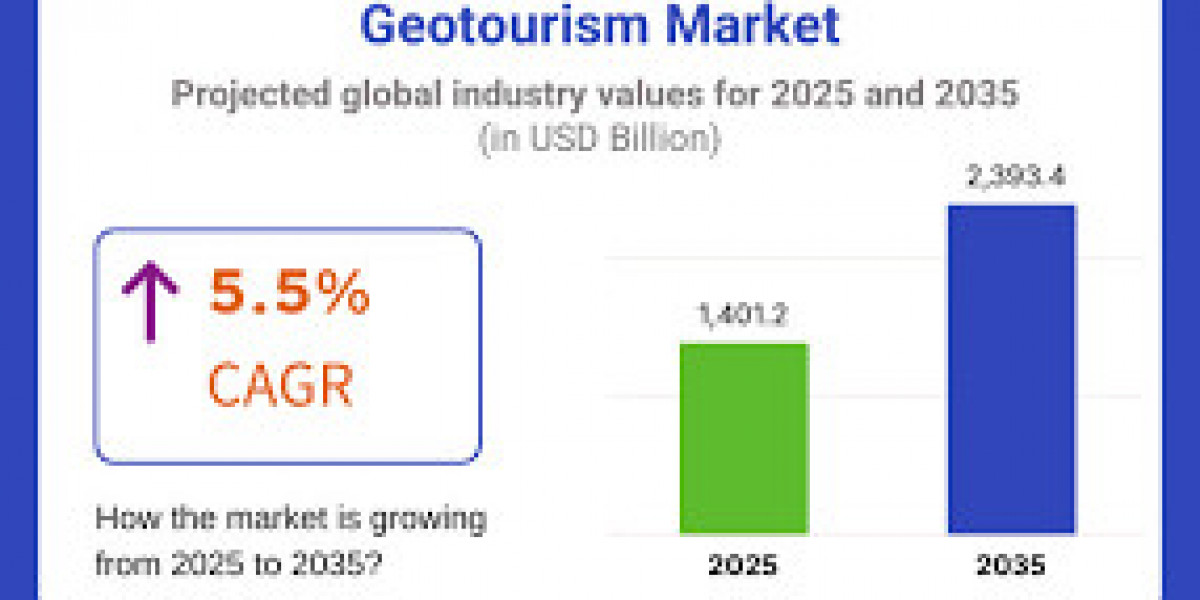The Dawn of Automated Diagnostics
The Robotic Medical Imaging market is a transformative and rapidly expanding segment within the healthcare technology landscape, focusing on the integration of robotic systems with various medical imaging modalities. These advanced systems are designed to enhance the precision, accuracy, and efficiency of image acquisition, reduce radiation exposure, enable minimally invasive procedures, and improve patient outcomes across a wide range of diagnostic and interventional applications. By automating complex movements, providing superior stability, and offering remote control capabilities, robotic imaging systems are revolutionizing how medical images are captured and utilized in clinical practice. The increasing global prevalence of chronic diseases demanding precise diagnostics, coupled with the rising demand for minimally invasive procedures and the integration of artificial intelligence, are the primary forces fueling the robust growth of this innovative market.
Key Technologies and Diverse Applications
The Robotic Medical Imaging market encompasses a variety of imaging modalities integrated with robotic platforms:
- X-ray Devices: Robotic arms can precisely position X-ray sources and detectors, enabling multi-angle imaging, improved image quality, and reduced patient repositioning. This is particularly beneficial for interventional radiology and complex orthopedic imaging.
- CT Scanners: Robotics allows for flexible gantry movements, reducing artifacts and improving patient comfort. Robotic CT systems can facilitate targeted biopsies and real-time guidance during complex procedures.
- MRI Scanners: While the strong magnetic field of MRI presents unique challenges for robotics, specialized MRI-compatible robotic systems are being developed for prostate biopsies, breast imaging, and neurosurgery, offering enhanced precision within the MRI environment.
- Ultrasound Devices: Robotic ultrasound systems can perform automated or remotely controlled scans, ensuring consistent image acquisition, especially for repetitive or long examinations. This is valuable for cardiac imaging, abdominal scans, and fetal monitoring.
- Angiography Devices: Robotic systems in angiography labs provide stable and precise control of C-arms, enabling complex vascular interventions with improved visualization and reduced radiation dose for both patients and clinicians.
- Endoscopy Devices: Robotic endoscopes offer enhanced maneuverability, stability, and visualization in minimally invasive surgeries, allowing for precise navigation within the body. Examples include robotic bronchoscopy for targeted lung biopsies.
These systems are finding increasing application across various end-user segments, with hospitals holding the largest share due to their high volume of diagnostic procedures, demand for advanced technologies, and ability to make significant capital investments. Diagnostic imaging centers and ambulatory surgery centers are also rapidly adopting these technologies due to their focus on efficiency and specialized procedures.
Key Market Drivers Propelling Growth
Several powerful factors are driving the growth of the Robotic Medical Imaging market:
- Increasing Prevalence of Chronic Diseases: The rising global incidence of diseases like cancer, cardiovascular conditions, and neurological disorders demands highly precise and early diagnostic capabilities, which robotic imaging systems can provide.
- Growing Demand for Minimally Invasive Procedures: Patients and clinicians increasingly prefer minimally invasive surgeries and interventions due to reduced post-operative complications, shorter recovery times, and improved patient outcomes. Robotic imaging plays a crucial role in guiding these procedures with unparalleled accuracy.
- Technological Advancements in Robotics and AI: Continuous innovations in robotic mechanics, control systems, sensor technology, and the integration of Artificial Intelligence (AI) and Machine Learning (ML) are significantly enhancing the capabilities of robotic imaging. AI-powered analytics enable automated image interpretation, predictive analysis, and personalized patient care, while AI helps optimize workflow and reduce the workload on radiologists.
- Shortage of Radiologists and Healthcare Professionals: The global shortage of skilled radiologists and other imaging professionals is driving the adoption of robotic systems that can automate routine tasks, improve efficiency, and potentially enable telerobotic procedures and remote guidance, bridging the gap in expertise.
- Improved Image Quality and Precision: Robotic systems offer superior stability and repeatable movements, leading to higher image quality, reduced motion artifacts, and more precise targeting for biopsies and interventions.
- Reduced Radiation Exposure: Precise robotic positioning can help optimize imaging protocols, potentially reducing radiation dose for both patients and operators, particularly in interventional settings.
- Demand for Personalized Medicine and Precision Imaging: Robotic imaging plays a crucial role in tailoring treatments based on individual patient data, including genetic information and precise imaging diagnostics, leading to better patient outcomes.
Challenges and the Transformative Outlook
Despite its immense potential, the Robotic Medical Imaging market faces certain challenges. The high initial cost of acquiring robotic imaging systems, often exceeding USD 1 million, can be a significant barrier, especially for smaller hospitals or those in developing economies. Regulatory challenges and safety concerns related to complex robotic systems necessitate rigorous testing and approval processes. Additionally, the need for specialized training for operators and the integration complexities with existing healthcare IT infrastructure can be hurdles. Reluctance to adopt new technologies and data privacy concerns also pose challenges.
The future of the Robotic Medical Imaging market is poised for revolutionary advancements. Key trends include:
- Increased AI Integration: Deeper integration of AI for automated image interpretation, anomaly detection, predictive diagnostics, and workflow optimization will become standard.
- Tele-Robotics and Remote Guidance: The development of systems that allow remote operation and guidance of robotic imaging equipment will significantly expand access to specialized diagnostics and interventions, especially in underserved or remote areas.
- Miniaturization and Portability: Smaller, more portable robotic imaging solutions will emerge, enabling their use in diverse clinical settings, including emergency rooms and even potentially in home healthcare scenarios.
- Multi-Modality Integration: Robotic platforms capable of seamlessly integrating multiple imaging modalities (e.g., combining real-time ultrasound with pre-operative CT or MRI data) will provide more comprehensive views and guidance.
- Enhanced Haptic Feedback: Advancements in haptic technology will provide operators with a more tactile sense of interaction, improving precision and safety during robotic-assisted interventions.
- Expansion in Emerging Markets: As healthcare infrastructure improves and disposable incomes rise, emerging economies will present substantial growth opportunities for more affordable robotic platforms.
Ultimately, robotic medical imaging is set to profoundly transform diagnostics and interventional procedures, offering unprecedented levels of precision, safety, and accessibility, thereby improving patient care on a global scale.
Explore our latest reports
? Stay ahead in the healthcare industry. Browse our latest insights now!
About Market Research Future (MRFR)
Market Research Future (MRFR) is a global market research firm that provides comprehensive insights into market trends, drivers, challenges, and opportunities. We offer a broad range of market intelligence reports and consulting services to help businesses and enterprises in various industries make informed decisions
Media Contact:
Market Research Future (MRFR)
Phone: +1-646-845-9312
Email: contact@marketresearchfuture.com
Website: marketresearchfuture










